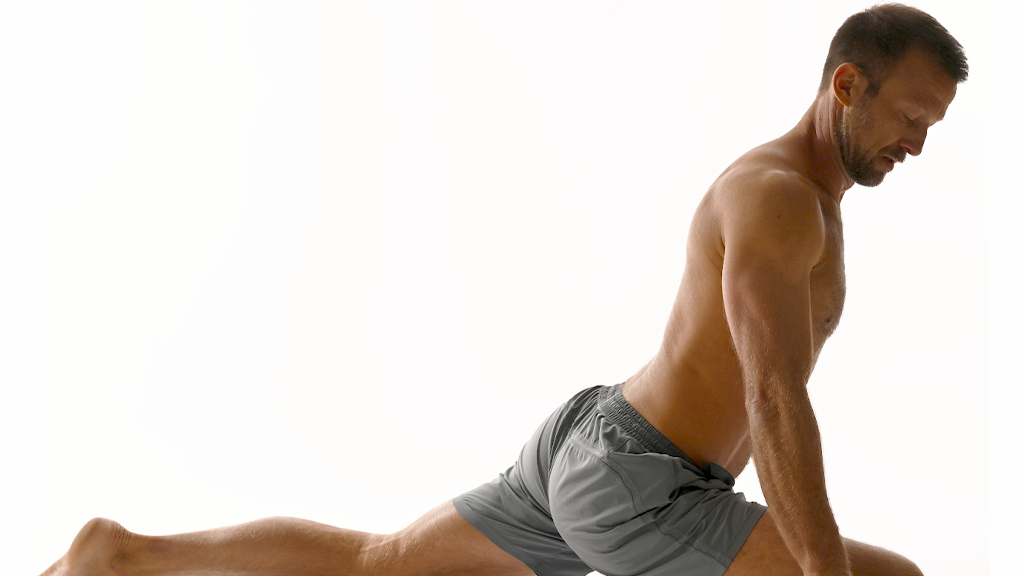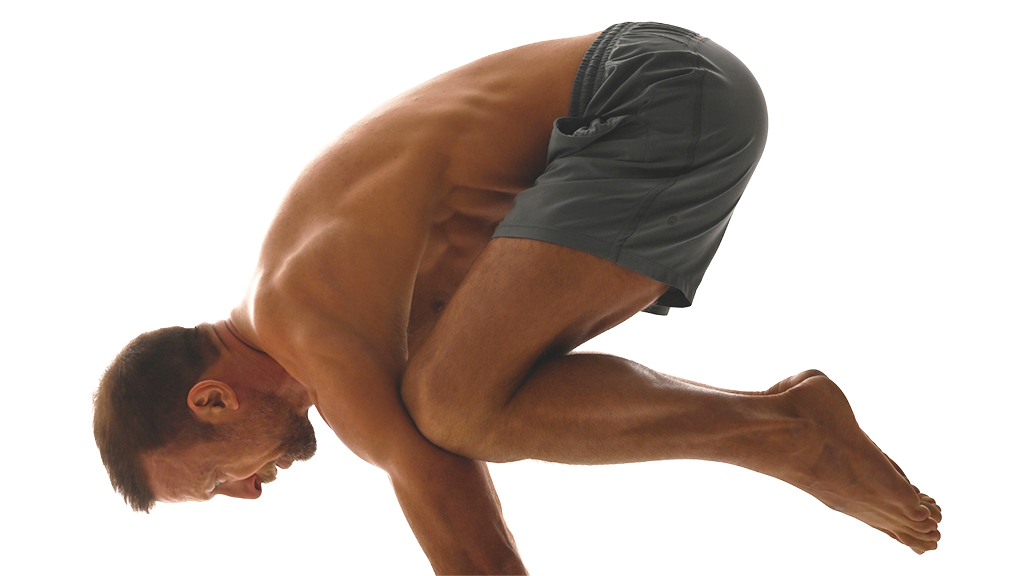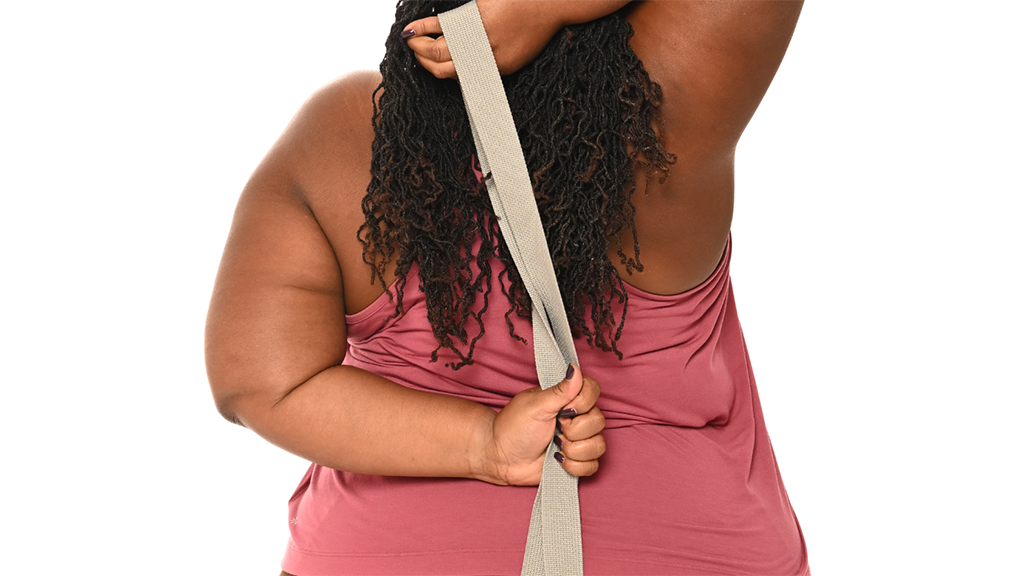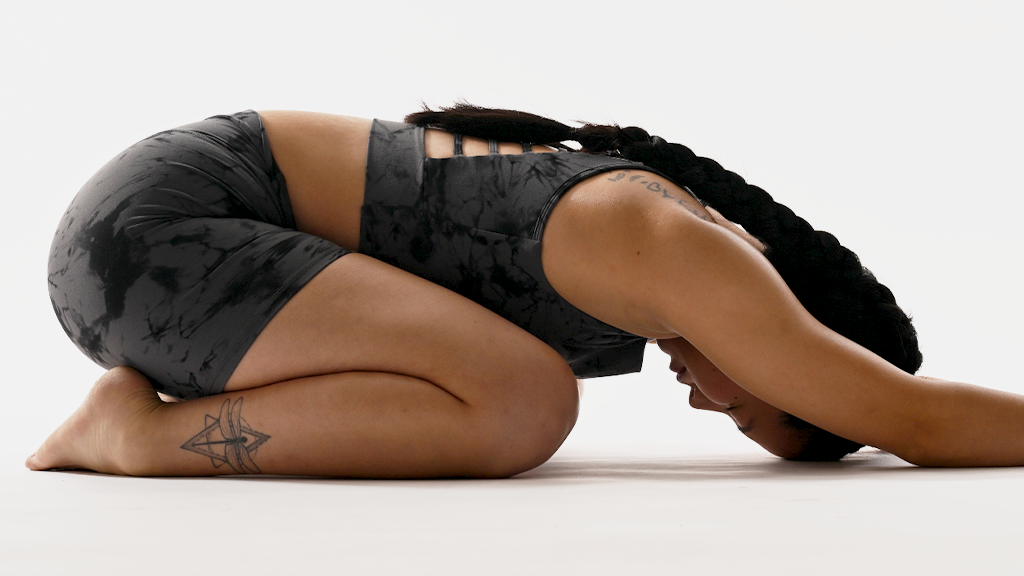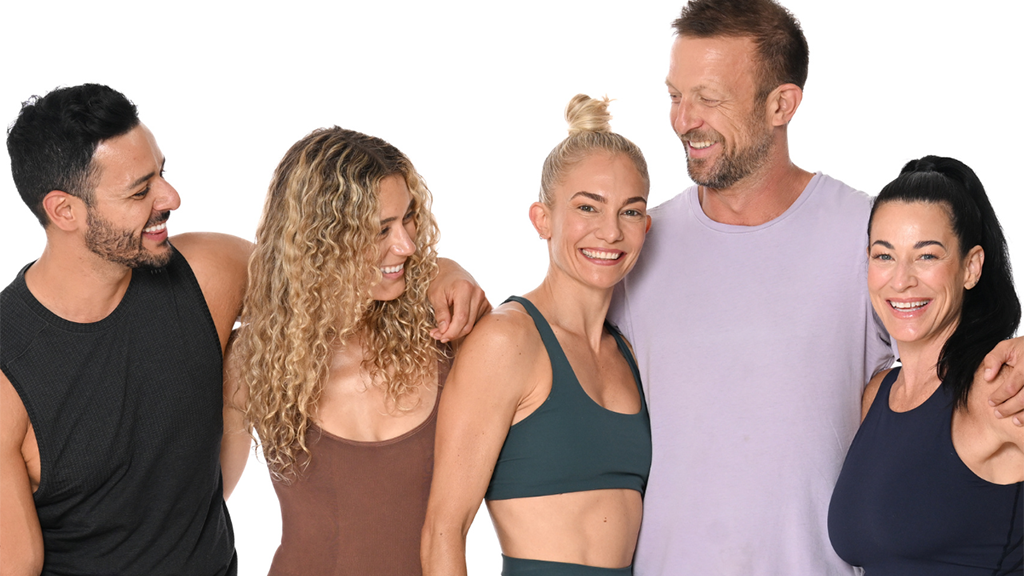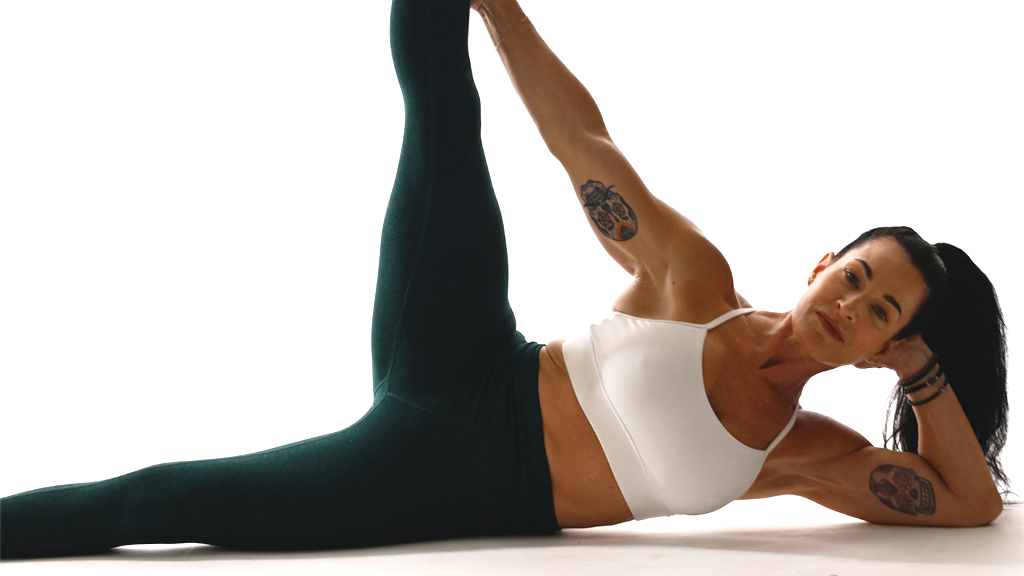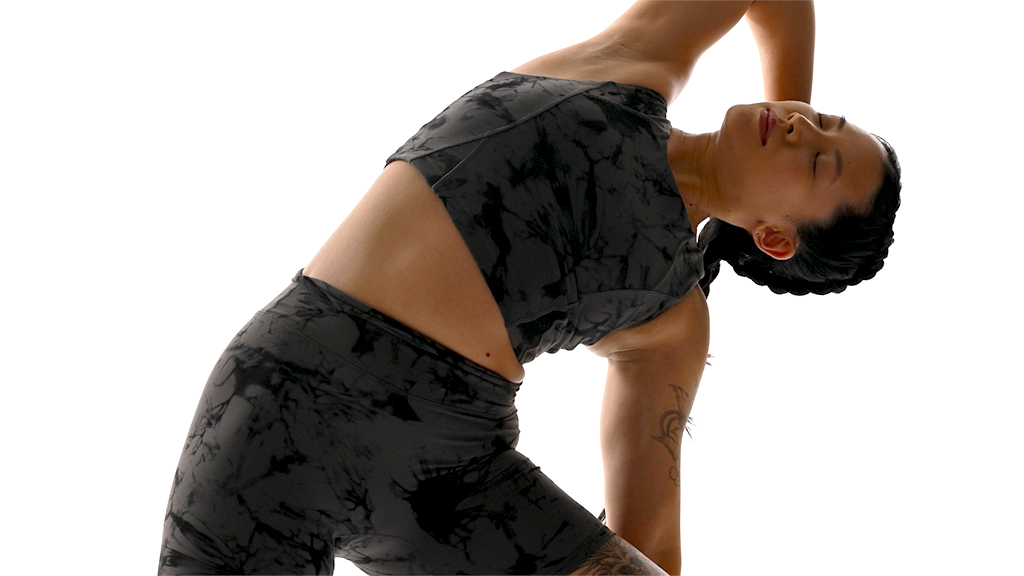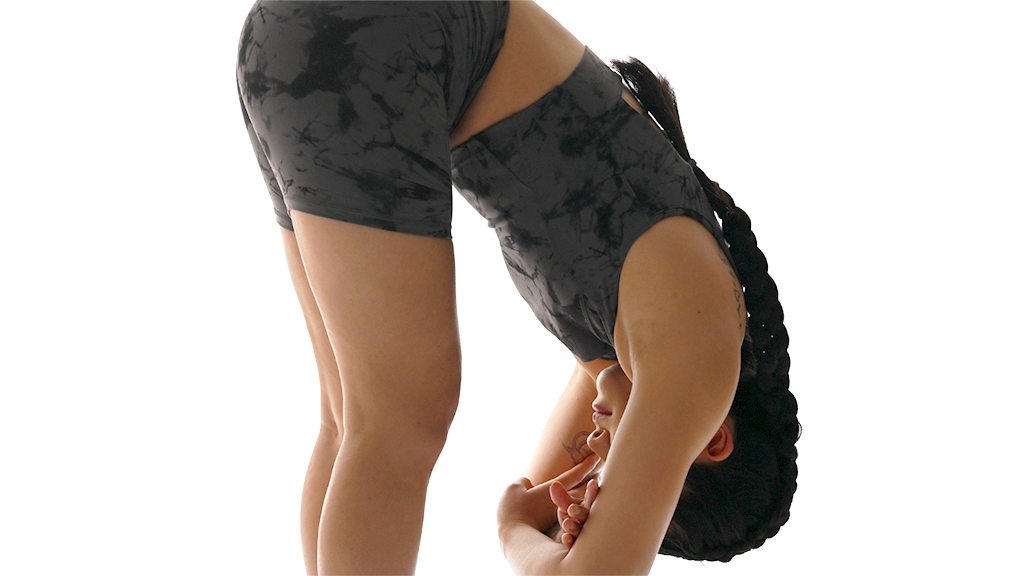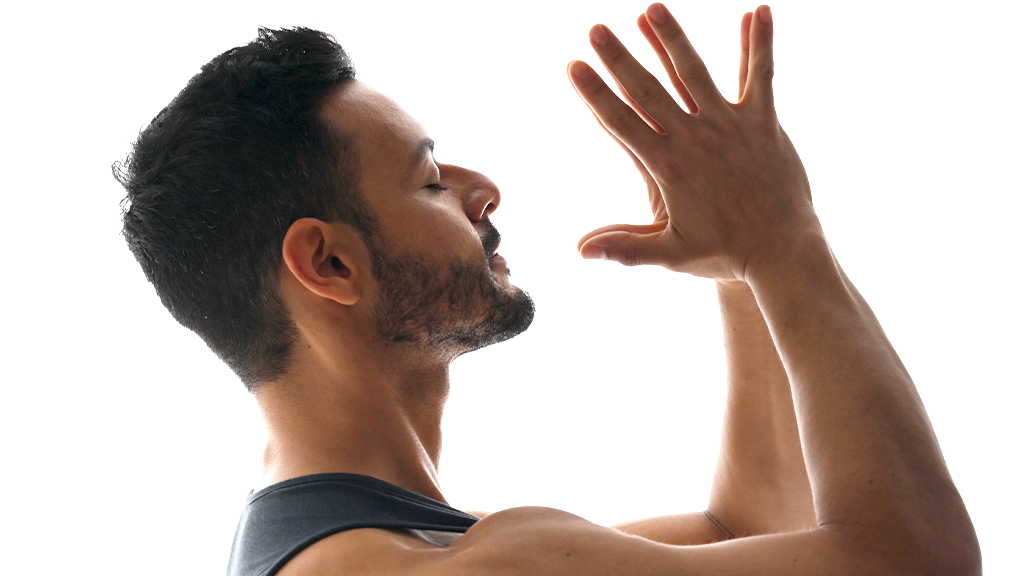Balance your active, fast-paced yoga practice with deeply relaxing Yin Yoga. Our Yin Yoga classes help you to slow down, harness your energy levels, and leave you feeling joyful and at ease.
What is Yin Yoga?
Yin Yoga, also referred to as Taoist Yoga, is the perfect counterpoint to vigorous “yang” styles of yoga like Vinyasa or Iyengar. Instead of focusing on your muscles, Yin Yoga targets your deep connective tissues like your ligaments, tendons, and fascia.
Yin Yoga is a slow and meditative style of yoga, where you hold each position for longer periods – sometimes up to ten or even 20 minutes. This allows you to lengthen the rarely-used tissues around your joints, and open blockages in your chi (the life force energy that flows through your body).
Why You’ll Love Yin Yoga
If you’re looking to slow down, stretch your body, and still your mind, Yin Yoga is the perfect practice for you. During your Yin Yoga classes, we aim to help you achieve:
- Increased circulation and improved flexibility
- Decreased tension in your body
- Reduced stress and anxiety
- And a nourishing, emotionally releasing experience
What to Expect
So, what is Yin Yoga like in practice? During your Yin Yoga session, you can expect a quiet, calming environment. You will move through a series of poses – holding each for two to five minutes (or longer).
Many Yin Yoga poses are done either seated or reclined, as your muscles need to be relaxed for this practice to work most effectively. While in each pose, you will work on connecting to your physical body and emotions, and on finding stillness within the stretch.
You may use a series of props like blankets, blocks, bands, or bolsters for additional support during class. Your Yin Yoga teacher will let you know if any props are recommended.
Yin Yoga Benefits
Yin Yoga benefits both your mind and your body. Because fascia and other (at least 90-120 seconds is needed to see results), the slow style of Yin Yoga can help you achieve release in these difficult-to-stretch areas.
Since ancient times, Yin Yoga has been practiced to improve the body’s energy flow, or chi, which is said to promote healthy organs and muscles. Chi-based practices like yoga, Tai Chi, and acupuncture have been .
Studies have also found that , making it a helpful addition to your mindfulness practice.
Get Started Today
Give this gentle yoga style a try with one of our highly-trained yoga teachers. Start your 14-day free trial today!
*change or cancel anytime.
FAQs About Yin Yoga
Yin Yoga was inspired by ancient Chinese Taoist practices and has been incorporated into Kung Fu training for thousands of years. The style of Yin Yoga we practice today was founded in the late 1970s by the Taoist yoga teacher, Paulie Zink, and refined by his student, Paul Grilley.
Yin Yoga can be practiced by nearly anyone. It is the perfect balance for fast-paced, yang yoga styles, or any other form of intense workout such as running, spinning, or HIIT.
In particular, Yin Yoga benefits people with an energy imbalance – whether you are over-stimulated and have too much energy, or constantly feel drained. It is also very beneficial for people with arthritis or osteoporosis, as it’s a restorative practice for your connective tissues.
If you have a hypermobility syndrome, such as Ehlers-Danlos syndrome, you may want to avoid Yin Yoga. This practice will stretch your already loose ligaments. Yang styles like Vinyasa, Iyengar, or our signature �IJʿ�����¼ classes will be more beneficial for strengthening and stabilizing your joints.
Each pose is usually held for three to five minutes in Yin Yoga but could be held for even longer. Your yin practitioner and teacher determine the length of time you hold each position based on how long it takes to truly access (and release) your deeper tissues.
Because you are working your connective tissues, and not your muscles, your Yin Yoga practice can become a daily habit. There is no need for a recovery day. Not only is it safe to include Yin Yoga in your daily practice, but it can also be used alongside other yoga styles or as a cool-down for other workouts.
There are three main principles (or Tattvas) of Yin Yoga. They are:
- Principle 1: Come into the pose to an appropriate depth…
Listen to your body and trust how deep you can go in your stretches. After 30 seconds or so, you may find that you can achieve greater depth in your stretch but don’t overdo it. You want to aim for “comfortably uncomfortable.” - Principle 2. Resolve to be still…
Once you’ve found the perfect position, you want to settle into your pose and find stillness – both physically, and mentally. This requires patience and a full surrender into your pose. Of course, you should always reposition if you experience pain. Listen to your body! Your �IJʿ�����¼ instructor can recommend alternative poses or modifications if needed. - Principle 3. Rest in the posture for some time…
Once you have found stillness in your posture, it’s time to hold your position so you can stretch your connective tissues. When you are invited to release your pose, make sure you do so slowly and gently.
